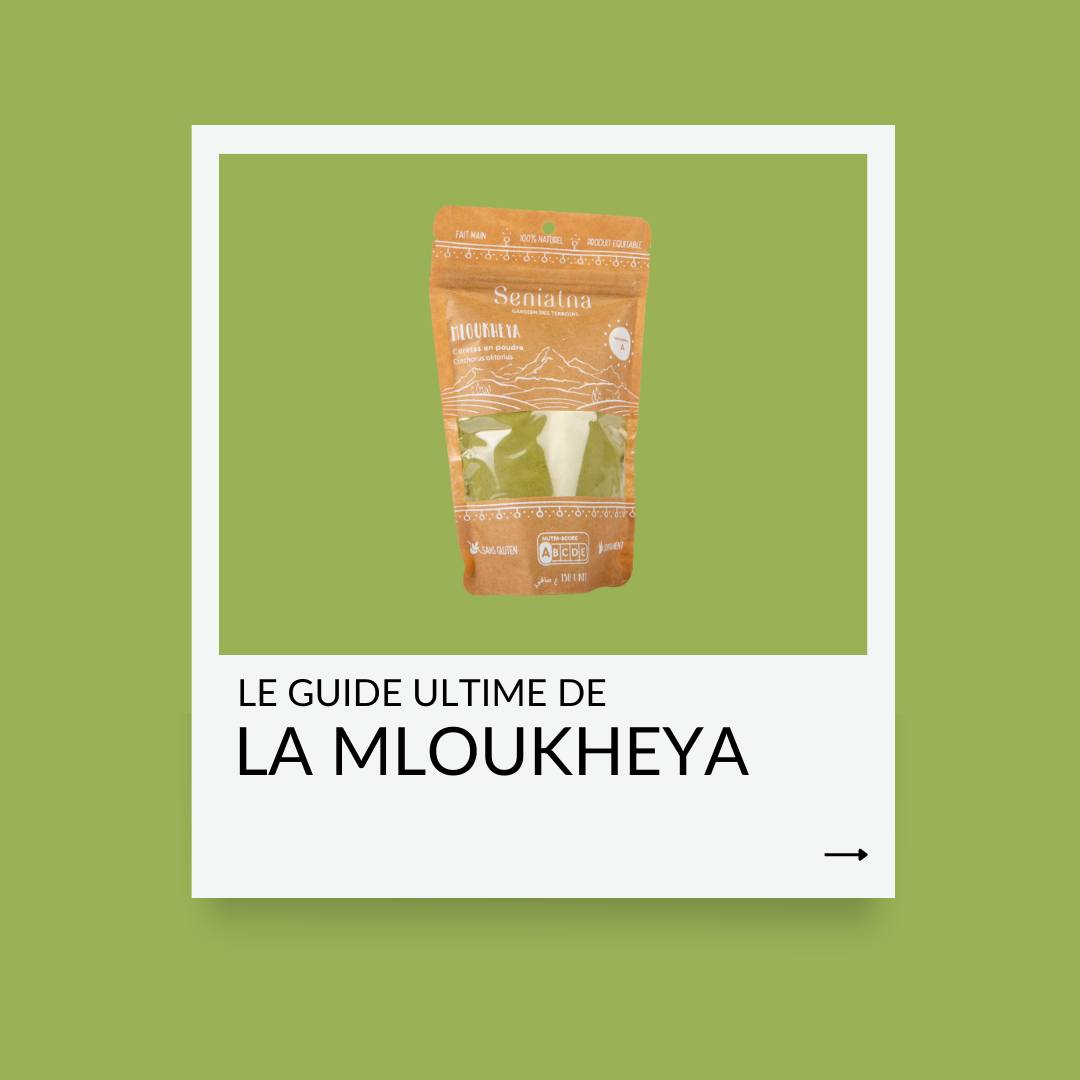Mastering Micro-Targeted Personalization in Email Campaigns: A Deep Dive into Practical Implementation #334
Personalization at scale has evolved from broad demographics to highly granular, micro-targeted strategies that deliver personalized experiences tailored to individual customer behaviors and preferences. This shift demands not only an understanding of sophisticated segmentation techniques but also concrete, actionable steps to implement and optimize such campaigns effectively. In this comprehensive guide, we explore the how behind implementing micro-targeted email personalization with depth, precision, and practical insights, drawing from advanced data strategies, technical infrastructures, and compliance considerations.
Table of Contents
- 1. Identifying and Segmenting Audience for Micro-Targeted Email Personalization
- 2. Designing Personalized Content Based on Micro-Targeting
- 3. Technical Implementation of Micro-Targeted Personalization
- 4. Ensuring Data Privacy and Compliance in Micro-Targeted Campaigns
- 5. Measuring and Optimizing Micro-Targeted Email Campaigns
- 6. Common Pitfalls and How to Avoid Them
- 7. Practical Step-by-Step Implementation Plan
- 8. Connecting Micro-Targeted Personalization to Broader Marketing Strategy
1. Identifying and Segmenting Audience for Micro-Targeted Email Personalization
a) Collecting Granular Customer Data: Behavioral, Transactional, and Demographic Signals
Effective micro-targeting begins with comprehensive data collection that captures the nuanced behaviors, transactional history, and demographic attributes of your audience. Practical steps include:
- Behavioral data: Track website interactions (page views, time spent, click paths), email engagement (opens, clicks), app usage, and social media interactions. Use tools like Google Analytics, Hotjar, or Mixpanel integrated with your CRM.
- Transactional data: Record purchase history, cart abandonment instances, frequency, order size, and product preferences. Ensure your e-commerce platform exports this data to your CRM or data warehouse regularly.
- Demographic signals: Collect age, gender, location, income level, and other relevant attributes through forms, loyalty programs, or third-party data providers.
To operationalize this, implement event-tracking scripts, set up data pipelines using ETL tools (like Segment, Talend), and ensure data is cleaned and normalized for segmentation.
b) Using Advanced Segmentation Techniques: Dynamic Lists, Predictive Analytics, and AI-Driven Clustering
Moving beyond static segment definitions requires deploying advanced segmentation methodologies:
- Dynamic lists: Use real-time filters within your ESP (Email Service Provider) to create segments that update automatically based on customer actions, e.g., “Customers who purchased eco-friendly products in the last 30 days.”
- Predictive analytics: Apply machine learning models to forecast customer lifetime value (CLV), churn probability, or next purchase intent. Tools like Salesforce Einstein, Adobe Sensei, or custom Python models can serve this purpose.
- AI-driven clustering: Use algorithms such as K-means or hierarchical clustering on multi-dimensional customer data to identify natural customer groupings that transcend traditional demographics.
Practical tip: Regularly review and recalibrate your models—customer behaviors evolve, and so should your segments.
c) Creating Hyper-Specific Customer Profiles: Combining Multiple Data Points for Precision Targeting
Construct detailed profiles by integrating behavioral, transactional, and demographic signals into unified customer personas. For instance:
- Profile example: “Eco-conscious, high-frequency buyer, aged 35-45, residing in urban areas, with a preference for reusable products.”
Methodology:
- Aggregate data from all sources into a centralized customer data platform (CDP).
- Normalize and enrich data to fill gaps using third-party datasets or data augmentation techniques.
- Apply clustering algorithms to identify micro-segments fitting specific criteria.
- Validate profiles through manual review and customer feedback loops.
d) Practical Example: Building a Segmented List for High-Value, Frequent Buyers Interested in Eco-Friendly Products
Step-by-step process:
| Attribute | Criteria | Implementation Steps |
|---|---|---|
| Purchase Frequency | Top 10% of buyers in last 6 months | Query transactional database, filter by frequency, export list |
| Interest in Eco-Products | Products tagged as eco-friendly, viewed eco pages | Use website analytics and product tags to filter |
| Demographics | Aged 30-50, urban dwellers | Extract from CRM data, apply demographic filters |
| Segment | Combine filters, create static segment | Aggregate filters into a dynamic list in your ESP |
This targeted segment becomes the foundation for personalized campaigns that emphasize eco-friendly product recommendations, special offers, and tailored messaging.
2. Designing Personalized Content Based on Micro-Targeting
a) Developing Tailored Message Templates: Variable Content Blocks and Conditional Logic
Create dynamic email templates that adapt content based on segment attributes. This involves:
- Variable content blocks: Design sections that change depending on customer data, such as product recommendations, images, or offers.
- Conditional logic: Use if-else statements within your email platform (e.g., Mailchimp, Salesforce Marketing Cloud) to show or hide content blocks based on segment criteria.
Implementation tip: Use dynamic content features that support personalization tokens and conditional rules, ensuring each recipient receives highly relevant messaging.
b) Leveraging Customer Behavior Insights: Browsing History, Past Purchases, and Engagement Patterns
Deeply analyze individual behaviors to inform content customization:
- Browsing history: Show recently viewed products, or items related to previous searches.
- Past purchases: Highlight complementary products, repeat purchase discounts, or loyalty rewards.
- Engagement patterns: Tailor send times based on when the customer is most active, and customize messaging tone accordingly.
Practical approach: Use behavioral triggers to automate content changes—e.g., if a customer viewed a specific product but didn’t purchase, send a reminder with personalized recommendations.
c) Incorporating Personalization Tokens: Dynamic Insertion of Names, Preferences, and Contextual Info
Enhance relevance by inserting dynamic tokens:
- Name tokens: Use %%FirstName%% to address recipients personally.
- Preference tokens: Insert preferred categories or product types based on past interactions.
- Contextual info: Include location-specific offers or time-sensitive discounts.
Implementation note: Maintain a well-structured database of tokens linked to customer profiles, and ensure your email platform supports real-time token replacement for each recipient.
d) Example Walkthrough: Crafting an Email for a Cart Abandoner with Personalized Recommendations
Scenario:
A customer abandons a shopping cart containing eco-friendly reusable water bottles and bamboo utensils. Using micro-targeting, you craft a personalized email:
Subject Line:
“{{FirstName}}, Your Eco-Friendly Picks Are Waiting for You!”
Body:
Hi {{FirstName}},
We noticed you left some eco-friendly essentials in your cart. Here are some personalized recommendations based on your interests:
- {{ProductName1}} — Reusable Water Bottle, perfect for your active lifestyle.
- {{ProductName2}} — Bamboo Utensil Set, eco-conscious and stylish.
Complete your purchase now and enjoy a special 10% discount with code ECO10.
[Shop Now Button]
Best regards,
Your Eco-Friendly Brand Team
This approach combines behavioral data with personalized content blocks and tokens to maximize conversion likelihood.
3. Technical Implementation of Micro-Targeted Personalization
a) Setting Up Data Integrations: Connecting CRM, E-Commerce, and Analytics Platforms
A seamless data flow is foundational. Action steps include:
- Choose integration tools: Use middleware like Segment, Zapier, or custom APIs to connect your CRM (e.g., Salesforce, HubSpot), e-commerce platform (Shopify, Magento), and analytics tools.
- Automate data syncing: Establish real-time or scheduled data pipelines ensuring customer interactions, transactions, and profile updates flow into your data warehouse or CDP (Customer Data Platform).
- Data normalization: Standardize data formats, label conventions, and taxonomy to support accurate segmentation and personalization logic.
Expert tip: Implement schema validation and data quality checks at ingestion points to prevent downstream errors.
b) Configuring Automation Workflows: Triggering Personalized Emails Based on Specific Customer Actions
Use marketing automation platforms to set up event-driven workflows:
- Define triggers: Cart abandonment, product page visits, email opens, or recent purchases.
- Create sequences: Design multi-step campaigns that adapt based on recipient responses, with branching logic for different segments.
- Personalize timing: Use customer time zones and engagement history to optimize send times.
Example (using Salesforce Marketing Cloud Journey Builder):
- Customer views eco product page.
- After 2 hours, trigger an email with personalized recommendations.
- If the customer clicks but doesn’t purchase within 24 hours, send a reminder offer.
c) Utilizing Personalization Engines: A/B Testing, Machine Learning Models, and Rule-Based Systems
Enhance personalization efficacy by deploying advanced engines:</








